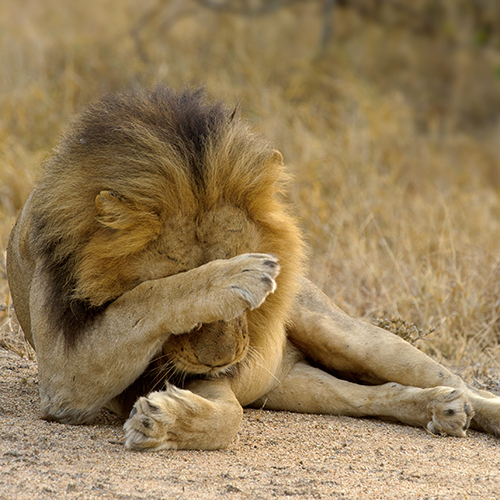New behaviour profiles to combat obesity.
13 November 2019
 Active at work, restful at play – it seems fair enough, but if you have a very active or physical job, too much rest could put you at risk of obesity, according to new research from the University of South Australia.
Active at work, restful at play – it seems fair enough, but if you have a very active or physical job, too much rest could put you at risk of obesity, according to new research from the University of South Australia.
Classifying workers into four unique behaviour profiles– ‘Ants’, ‘Koalas’, ‘Lions’ and ‘Chimpanzees’ – based on their distinct behaviours both at work and at play, the team found that while being active is generally considered to be healthy, being very active at work but stationary at home, could have the opposite effect.
UniSA researcher, Dr Dot Dumuid says the findings contradict popular health messages.
“With the rise of obesity, public health messages rightly talk about being more active. But what they fail to convey is the importance of having a balance of active and restful activities across the day – both during work and leisure,” Dr Dumuid says.
“Certainly, to prevent obesity, you need to exert energy – but looking at this in isolation is not showing us the full picture.
“Our research shows that ‘Lions’ - people who spent much of their work time being active, but most of their leisure time sedentary or in bed – tended to have the highest risk factors for obesity.
“This is contrary to what you might expect, that people who are sedentary both at work and play – those we have dubbed ‘Koalas’ – would be most at risk of obesity, when this is not the case.”
Globally, obesity has reached epidemic proportions, with the World Health Organization reporting more than 1.9 billion adults overweight of which 650 million adults are obese. In Australia, more than a third of adults are overweight, with one in four being obese. The rapid growth of obesity is leading to increased risk of heart disease, type 2 diabetes and some cancers, costing the Australian economy billions of dollars each year.
The study recorded workers’ movements over four 24-hour periods (including at least two working days), tracking data via a triaxial accelerometer attached to their thighs. Workers also completed a paper-based diary to note their activities. Obesity indicators included waist circumference, weight, and body fat percentage (BMI).
Dr Dumuid says the study challenges the broadly-held notion that a lot of activity is a good way to prevent obesity, when in fact obtaining a balance of energy exertion is perhaps more important.
“An existing behavioural approach to prevent obesity is to exert more energy by increasing physical activity and reducing sedentary activity. However, this does not incorporate the recovery process - rest and sleep - which is also important for your body,” Dr Dumuid says.
“If your body does not get enough time to recover, it can cause a state of chronic heightened inflammation which can induce adverse effects, such as storing excess energy as fat.
“Similarly, someone who is very active at work, but crashes in front of the TV each night is not getting the right balance either – the body needs a balance of activity and recovery throughout the day.
“With the rate of obesity continuing to grow, alternative approaches to obesity management and prevention are critical. We hope this research delivers new insights about how we can battle one of the world’s most prevalent conditions.”
Four distinct animal profiles were identified based on the work and leisure movement behaviours:
- Ants: people who are active throughout the day, both at work and at leisure.
- Chimpanzees: people who have a relatively even distributed composition of work and leisure behaviours.
- Koalas: people who are more sedentary and less physically active at work and at leisure, while also spending more time in bed.
- Lions: people who are very active at work, but home mostly sit around and stay in bed longer.
…………………………………………………………………………………………………………………
Media: Annabel Mansfield: office +61 8 8302 0351 | mobile: +61 417 717 504
email: Annabel.Mansfield@unisa.edu.au
Researcher: Dr Dot Dumuid: email Dot.Dumuid@unisa.edu.au




